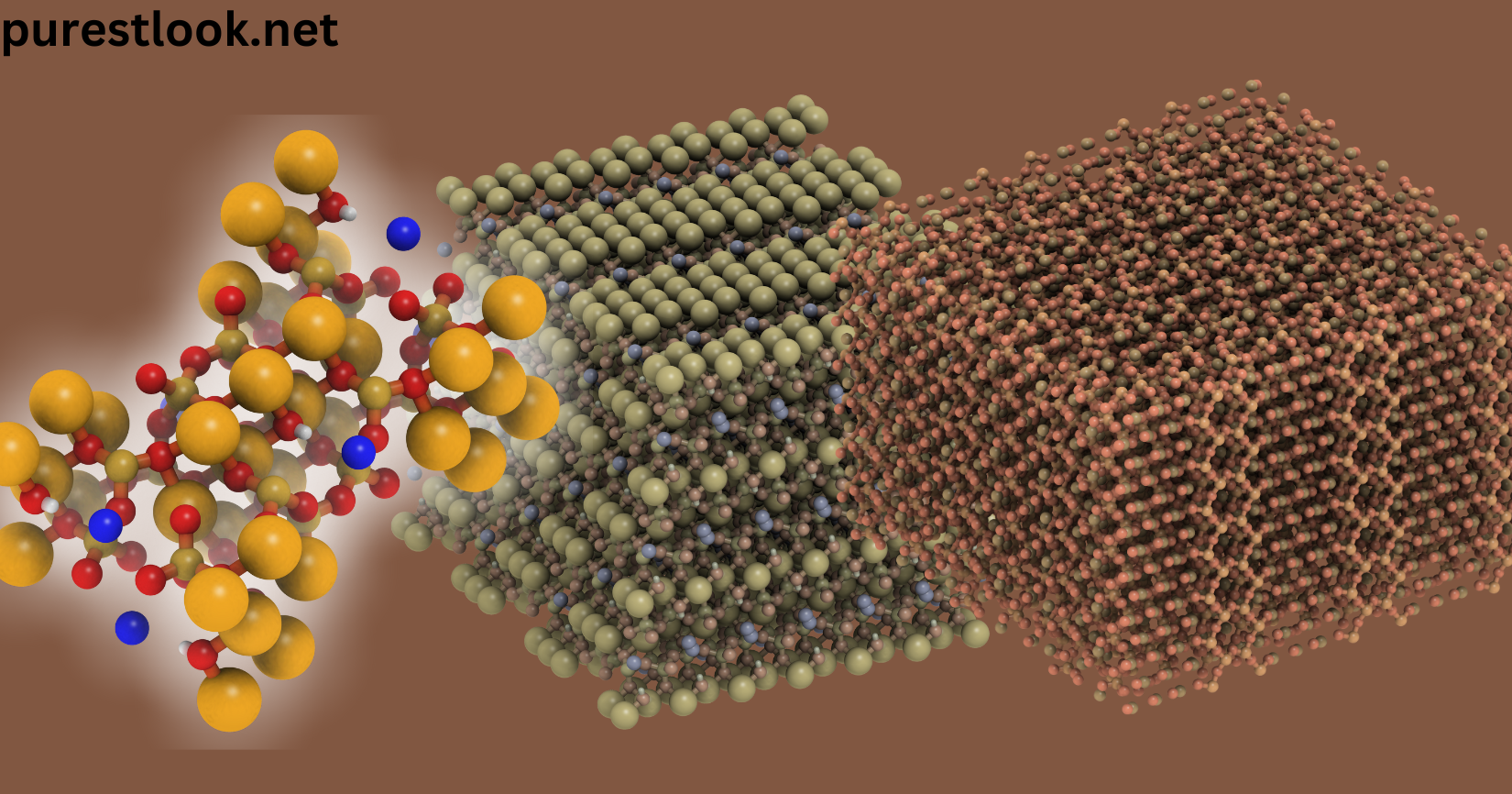Asbestos insulation was widely used in buildings due to its heat-resistant and durable properties. Recognizing it is crucial for safety as asbestos exposure can cause serious health issues. This article provides a detailed guide to understanding the appearance of asbestos insulation and how to handle it safely.
How to Identify Asbestos Insulation
Asbestos insulation comes in various forms depending on its application. Here are some common types:
Loose Fill Insulation
- Appearance: Loose and fluffy, often grayish or white.
- Usage: Found in attics or walls.
- Texture: Lightweight, sometimes with a shiny appearance.
Pipe Insulation
- Appearance: Wraps around pipes, often white or gray.
- Material: Cement-like or cardboard-textured.
- Shape: Cylindrical with seams where it wraps around pipes.
Sprayed-On Insulation
- Appearance: Rough, patchy, and sometimes bumpy.
- Usage: Applied to ceilings and walls.
- Texture: Soft and dusty when disturbed.
Block Insulation
- Appearance: Rigid boards or blocks, usually white or off-white.
- Usage: Found in industrial settings or older furnaces.
- Texture: Hard and dense.
Asbestos Insulation in Different Settings
Residential Buildings
- Common Locations: Attics, basements, and walls.
- Types: Loose-fill, pipe, or sprayed-on insulation.
Commercial Buildings
- Common Locations: Boilers, furnaces, and ducts.
- Types: Block insulation and sprayed-on coatings.
Health Risks of Asbestos Insulation
Exposure to asbestos fibers can cause severe health conditions, including:
- Asbestosis: Scarring of lung tissue.
- Mesothelioma: A rare form of cancer.
- Lung Cancer: Increased risk with prolonged exposure.
How to Handle Asbestos Insulation Safely
Do’s:
- Hire licensed asbestos removal professionals.
- Use protective equipment when dealing with suspect materials.
- Ensure proper sealing of contaminated areas.
Don’ts:
- Never attempt to remove asbestos yourself.
- Avoid disturbing materials that may contain asbestos.
- Do not use regular vacuum cleaners to clean asbestos dust.
Table: Common Types of Asbestos Insulation
| Type | Appearance | Common Uses | Safety Tips |
|---|---|---|---|
| Loose Fill | Fluffy, grayish | Attics, walls | Avoid touching or disturbing |
| Pipe Insulation | Cylindrical, white | Around pipes | Call professionals |
| Sprayed-On | Patchy, rough | Ceilings, walls | Seal off the area |
| Block Insulation | Rigid, white | Boilers, furnaces | Test for asbestos content |
FAQ
What does asbestos insulation look like in walls?
Asbestos insulation in walls often appears as loose-fill material or sprayed-on coatings. It’s usually white or gray and dusty.
How can I test for asbestos insulation?
Hire a certified asbestos testing professional to collect samples and analyze them in a lab. DIY testing is not recommended.
Is asbestos insulation always dangerous?
Asbestos is not harmful unless disturbed, which releases fibers into the air. However, it’s best to treat all suspect materials as hazardous.
Can I remove asbestos insulation myself?
No, asbestos removal requires trained professionals to ensure safety. Improper handling increases the risk of fiber exposure.
What are alternatives to asbestos insulation?
Modern insulation materials include fiberglass, cellulose, and mineral wool, which are safe and effective.
Conclusion
Understanding the appearance and risks of asbestos insulation is essential for maintaining safety in older buildings. If you suspect the presence of asbestos insulation, always consult licensed professionals to assess and handle the material appropriately. Prioritize health and safety by avoiding DIY approaches and ensuring proper containment measures are followed.
